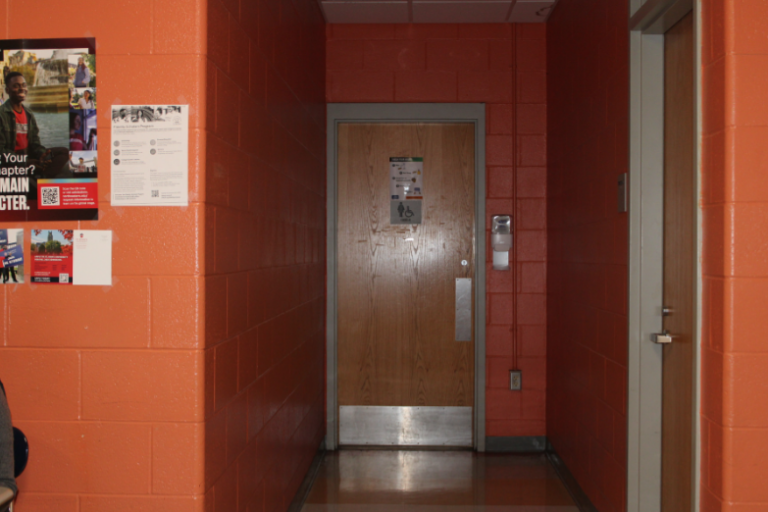Over the past few years, a common thread has emerged on social media and in the news regarding the police and ‘the man’, one which attempts to shine a light onto the perceived injustice that many feel is bearing down on them and leading to the unnecessary deaths that have been making headlines. Freddie Gray is the most recent case of this phenomenon, but the problems underlying the protesting and activism that come about as a result of his death have been around for as long as protesting has. Even though many, oftentimes the majority, want to bring justice to those who have been wrongfully killed such as Freddie Gray, it only takes one bad apple to ruin the whole bunch. And the supply of bad apples isn’t running out.
The first major case of this in recent years started in Ferguson, Missouri with the death of Michael Brown. The town was up in arms and people across the country were banding together to protest the unnecessary death of a young and innocent man at the hands of the police. But these protests soon devolved into violence as members of the community as well as, more importantly, people from outside the community clashed with police. This led to a downward spiral of the protests which soon became more of a riot than a protest. While the protests eventually recovered and order was restored, the image of those involved, culpable for the damage done in the rioting or not, was shattered. This reduced the overall effectiveness of the protests and drew attention away from the real issue at hand, the action taken against Martin and what was being to address his death.
Now with the death of Freddie Gray, protests have once again emerged and once again devolved into mindless violence. With people razing buildings and establishments, and those from outside of the community coming in to take advantage of an opportunity for anarchy, the only thing that is happening, the only thing that these protests are bringing about, is the tarnishing of the Gray’s name, the protesters cause, and the people of Baltimore who are involved in any way with what has broken out.
This strategy of fighting injustice with protests is a good one, but only if peace is preserved, for once the first brick is thrown, shot is fired, car is flipped, building is burned, the integrity of the protest is compromised fully and the cause of the protesters, however noble and just, is ruined, often beyond repair. But with social media, the chances for a completely peaceful protest are becoming slimmer and slimmer. A single comment or post spreading misinformation or inciting violent behavior can easily lead to the eruption of the crowds or the attraction of external people who’s sole purpose is to riot. By protesting an action that already fills people with rage and indignation, the likelihood of this happening only increases.
Because of this, many of the recent protests that have emerged have lost their initial purpose and have thus failed to facilitate any change, and in fact have worked to the detriment of the causes that they originally supported. There is no longer talk in the news about the greater underlying social problems that lead to Freddi Gray’s death, rather, everyone is focused on the crimes that are being committed and the property that is being destroyed in Baltimore.
People need to realize that protesting over a single event will go nowhere, and in fact it may eliminate any possibility of actual change since each subsequent failed protest (a protest that devolves into violence and anarchy) reduces the likelihood that people will listen to what the protesters want to say. Instead, people should be focusing on the underlying issues which they recognize in society, because these issues have historically provided the best fuel for change. And until they can realize this, the protests will continue to lead to destruction rather than reform.





